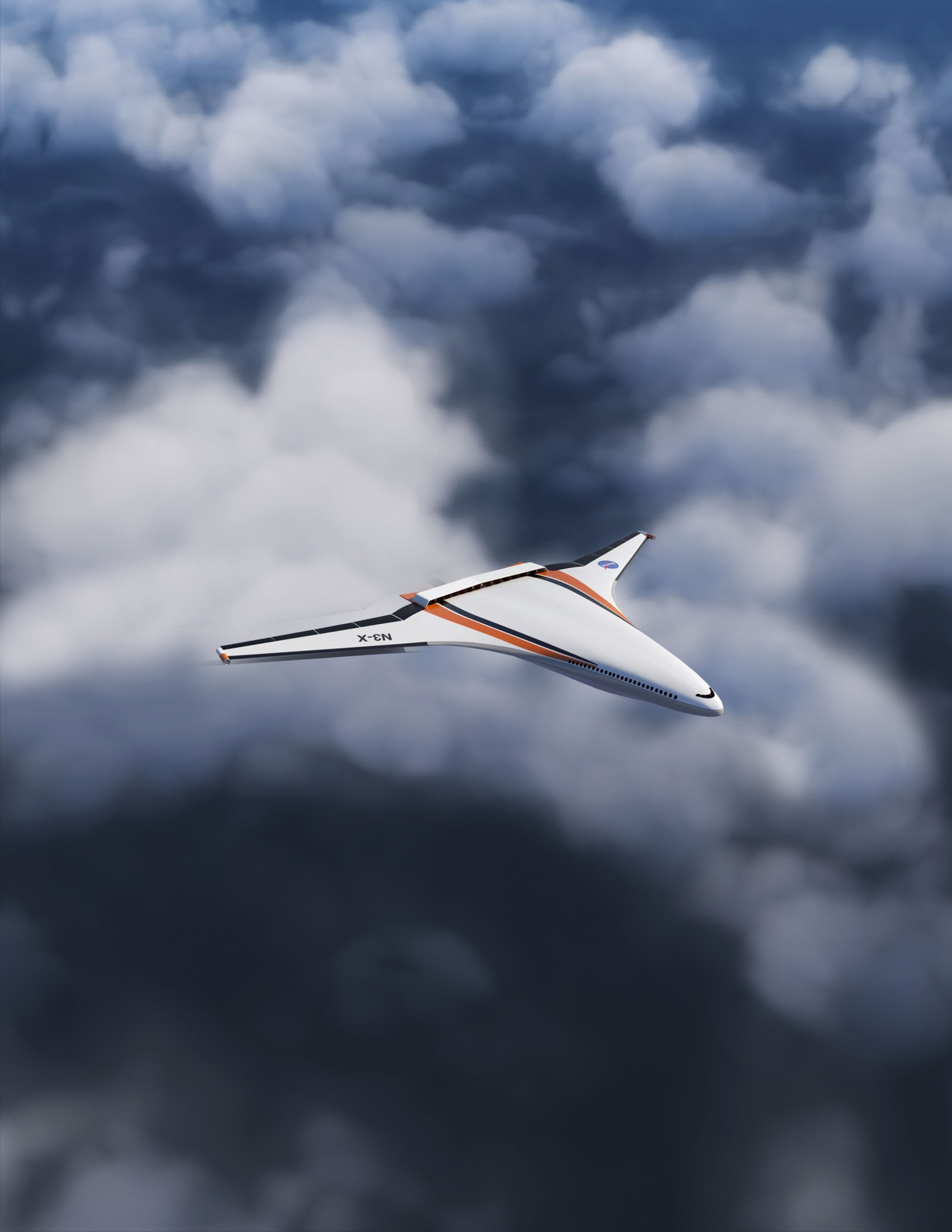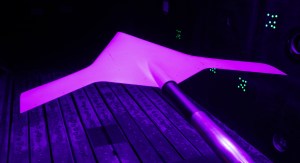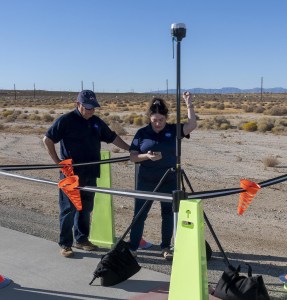The overarching goal of the Advanced Air Transport Technology (AATT) Project is to explore and develop technologies and concepts for improved energy efficiency and environmental compatibility for fixed wing subsonic transports. The knowledge gained from AATT research – in the form of experiments, data, system studies and analyses – is critical for conceiving and designing cleaner, quieter and more efficient aircraft. AATT studies are focused on the future, with an eye towards vehicles that are three generations beyond the current state of the art, that require mature technology solutions in the 2035 – 2045 timeframe.
Vision
Early-stage exploration and initial development of game-changing technology and concepts for fixed wing vehicles and propulsion systems.
Scope
Fixed wing, subsonic transport aircraft (passengers, cargo, dual-use military)
Vehicle and propulsion systems improvements, without adversely impacting safety
Development of tools as enablers for specific technologies and concepts
Technical Challenges
TC 2.1 (FY19) Higher Aspect Ratio Optimal Wing
Enable a 1.5-2X increase in the aspect ratio of a lightweight wing with safe structures and flight control (TRL 3)
TC 3.1 (FY18) Fan and High-Lift Noise
Reduce fan (lateral and flyover) and high-lift system (approach) noise on a component basis by 4 dB with minimal impact on weight and performance (TRL 5)
TC 4.1 (FY19) Low NOx Fuel-Flex Combustor
Reduce NOx emissions from fuel-flexible combustors to 80% below the CAEP6 standard with minimal impacts on weight, noise, or component life (TRL 3)
TC 4.2 (FY20) Compact High OPR Gas Generator
Enable reduced size/flow high pressure compressors and high temperature disk/seals that are critical for 50+ OPR gas generators with minimal impact on noise and component life (TRL4)
TC 4.3 (FY21) Engine Icing
Predict likelihood of icing events with 90% probability in current engines operating in ice crystal environments to enable icing susceptibility assessments of advanced ultra-efficient engines
TC 5.2 (FY19) Hybrid Gas-Electric Propulsion Concept
Establish viable concept for 5-10 MW hybrid gas-electric propulsion system for a commercial transport aircraft (TRL 2)
TC 6.1 (FY17) Integrated BLI System
Achieve a vehicle-level net system benefit with a distortion-tolerant inlet/fan, boundary-layer ingesting propulsion system on a representative vehicle (TRL 3)
TC 6.2 (FY21) Airframe Icing
Enable assessment of icing risk with 80% accuracy for advanced ultra-efficient airframes operating in supercooled liquid droplet environments






























